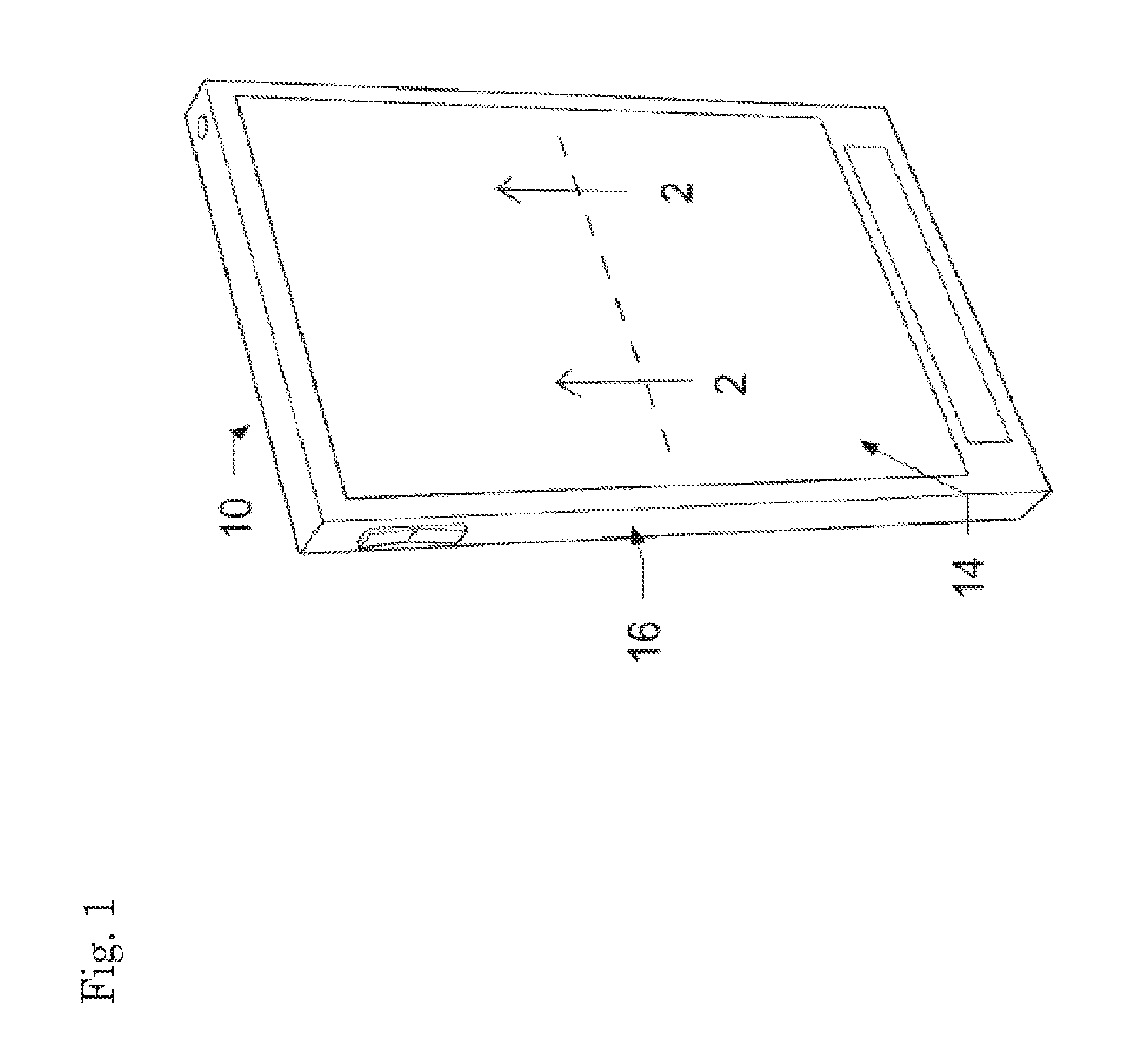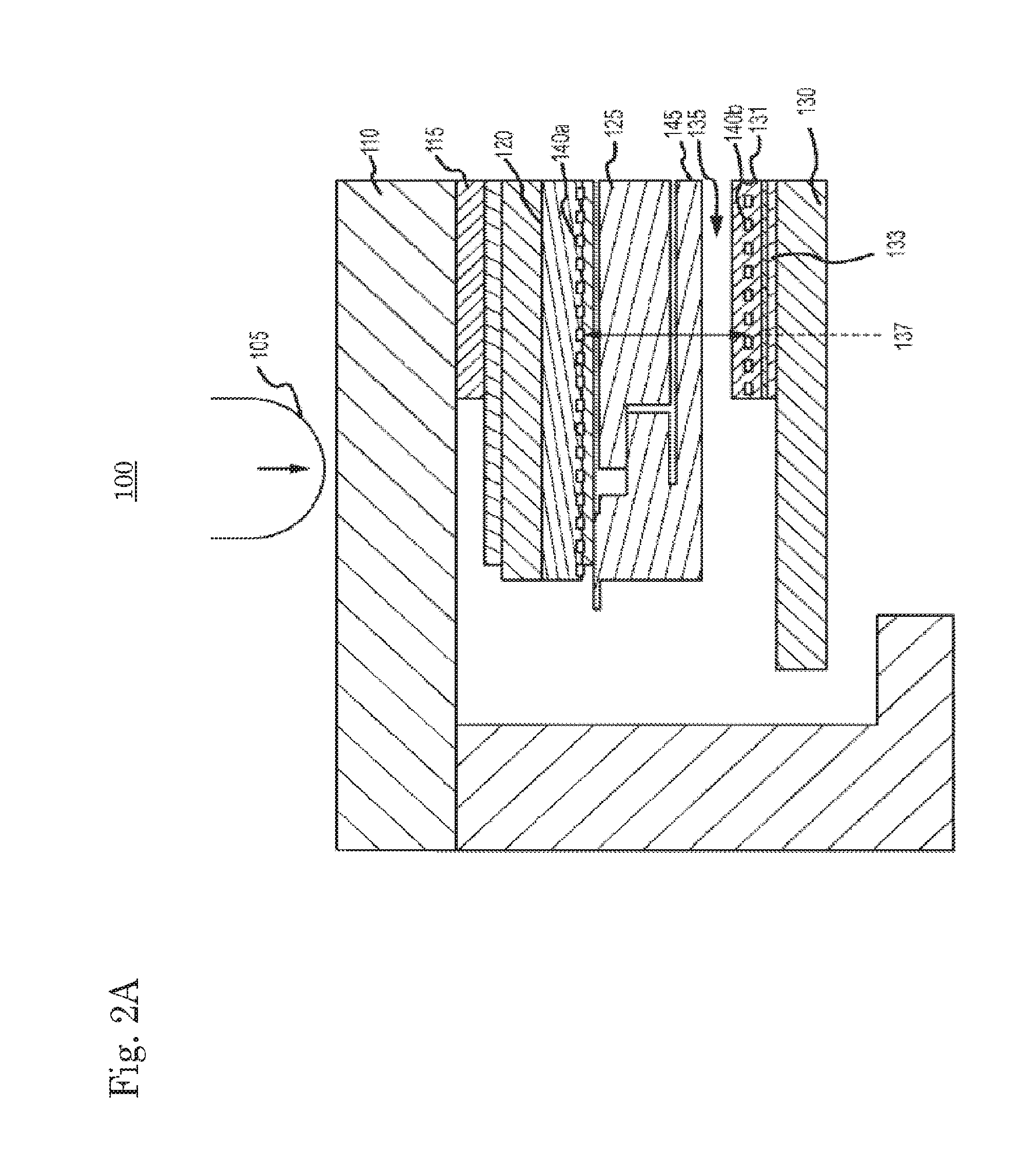Self-Calibration of Force Sensors and Inertial Compensation
a force sensor and self-calibrating technology, applied in the field of self-calibrating force sensors and inertial compensation of force sensors, can solve problems affecting the calibration of force sensors
- Summary
- Abstract
- Description
- Claims
- Application Information
AI Technical Summary
Benefits of technology
Problems solved by technology
Method used
Image
Examples
Embodiment Construction
[0029]Generally, force sensing may add a variety of capabilities to an electronic device. For example, force sensing may permit an electronic device to accept a wide range of inputs and provide a number of outputs beyond simple binary states. In order to provide force sensing capabilities, certain electronic devices may be outfitted with one or more force sensors. As one non-limiting example, a force sensor may be a capacitive force sensor. As described in more detail herein, a capacitive force sensor may measure the capacitance between a sensing element and a ground plane, or two sensing elements. The electronic device may use that measure of capacitance to estimate a force exerted to move the sensing element closer to the ground plane (or vice versa, or to move two sensing elements closer to one another in certain embodiments).
[0030]Over time, the distance between a sensing element and an item sensed, whether a ground plane or another sensing element, may vary. For example, mechan...
PUM
 Login to View More
Login to View More Abstract
Description
Claims
Application Information
 Login to View More
Login to View More - R&D
- Intellectual Property
- Life Sciences
- Materials
- Tech Scout
- Unparalleled Data Quality
- Higher Quality Content
- 60% Fewer Hallucinations
Browse by: Latest US Patents, China's latest patents, Technical Efficacy Thesaurus, Application Domain, Technology Topic, Popular Technical Reports.
© 2025 PatSnap. All rights reserved.Legal|Privacy policy|Modern Slavery Act Transparency Statement|Sitemap|About US| Contact US: help@patsnap.com



